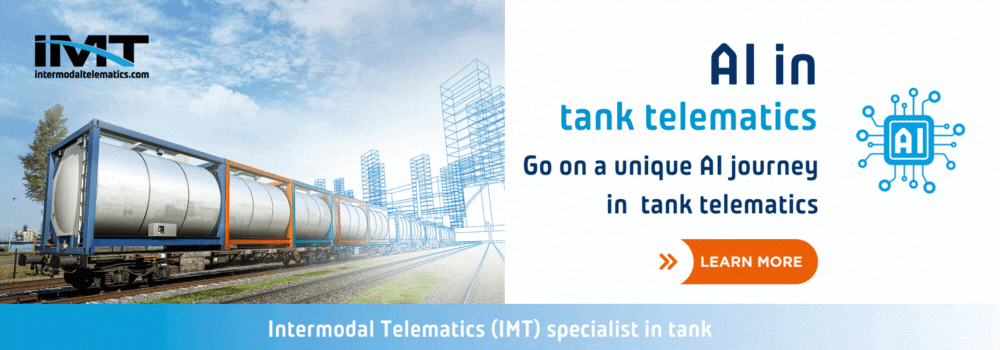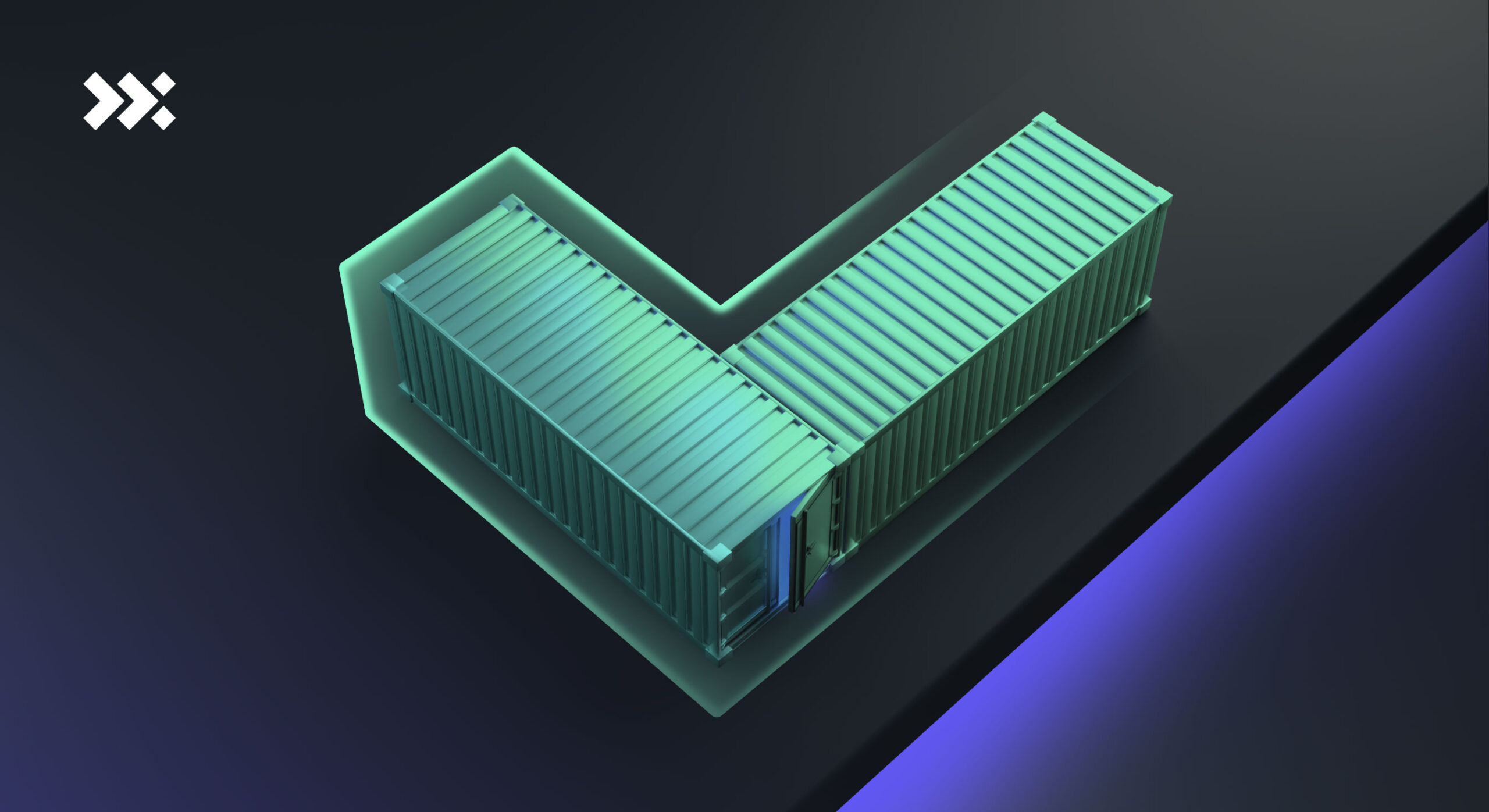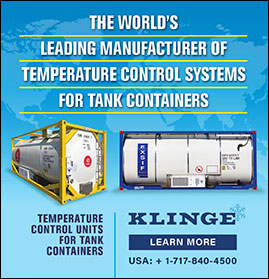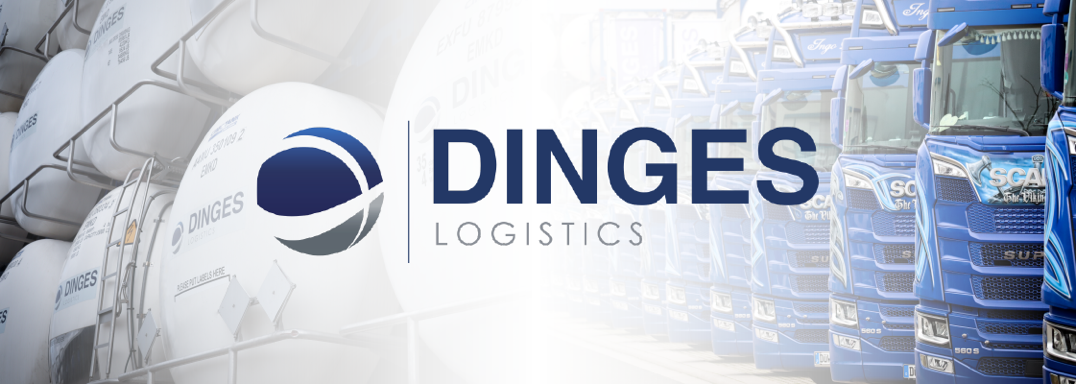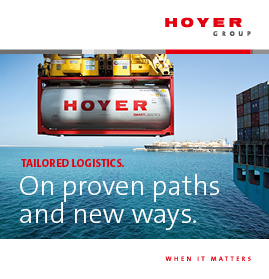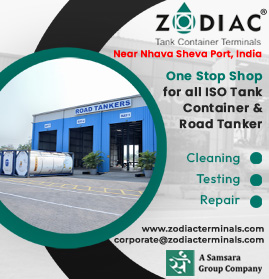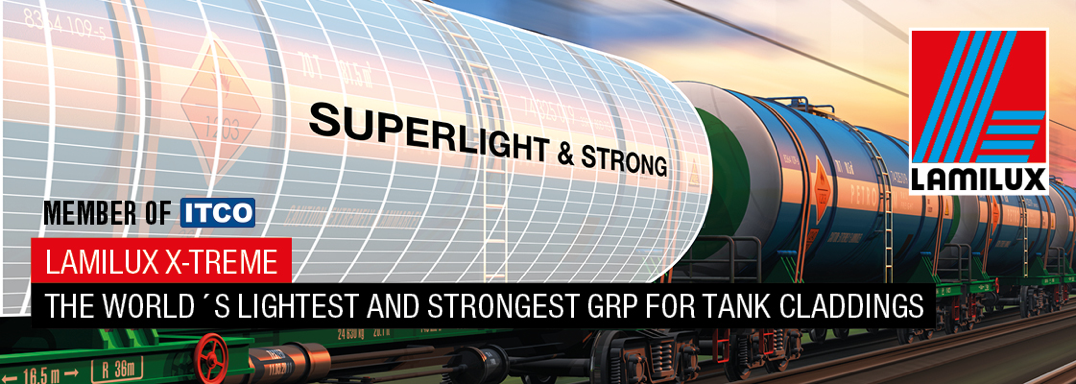Factors that drive the need for container tracking
With a heightened level of uncertainty in ever-changing supply chain markets, businesses are looking to container tracking and the visibility it brings to remain competitive.
In particular, five key factors have led businesses to rethink how they manage key assets across the supply chain.
1. Resiliency
The coronavirus rocked the global supply chain in ways never before seen. Combined with the Suez Canal blockage and the Russia-Ukraine war, supply chains have suffered severe disruption, driving the need for greater resiliency.
Container tracking is an essential ingredient in the future of supply chain resilience. Container tracking enables real-time visibility and empowers companies to optimize processes and take measurable steps to improve safety, security, and efficiency across operations.
A survey by IBM Insights with Watson revealed that 87 percent of Supply Chain Managers surveyed found it challenging to predict and proactively manage disruptions. Shipping container tracking systems make anticipating and responding to supply chain disruptions more achievable.
2. Sustainability
Businesses and shipping companies are under increasing pressure from NGOs and national governments to improve supply chain sustainability.
Container tracking technology is an ally of the sustainable cause. Monitoring systems gather hyper-accurate information about container locations and various other conditions, allowing for optimised fleet management, resulting in less repositioning and greater fuel efficiency.
The shipping and repositioning of empty containers waste energy. Approximately $20 billion annually is spent on shipping and repositioning containers representing unnecessary fuel use, time and operational resources.
Container tracking systems help vessels avoid and plan for inclement weather with a higher likelihood of container loss or damage – reducing the chance of company and consumer disruption and environmental implications.
The sustainability benefits go even further. Advanced monitoring systems can analyze and report temperature and humidity within shipping containers to reduce spoilage and waste of perishable items like food.
3. Security and safety
In 2020, cargo theft reached a record high in the US as shipping containers flooded ports amid the supply chain crisis. In June 2022, the theft of 20 shipping containers loaded with gold and silver hit the headlines. The brazen robbery highlighted the need for container tracking technology, specifically the need to monitor containers’ real-time location and safety.
Whether in transit by air, road, rail, or sea, shipping containers are most at risk of theft when parked. In the case of the 2022 heist, the absence of any monitoring solutions is partly attributed to the ease with which the culprits could steal the containers, which have not been seen since.
Container monitoring plays an active role in improving security and traceability.
Equally, container tracking improves the safety of transporting goods, especially hazardous items. Advanced monitoring systems can track temperature changes and help prevent disastrous consequences if shipments are hazardous, such as flammable goods.
4. Improved supply chain processes
Container tracking technology can improve operations within the supply chain, providing access to data and insights for shipping containers across the entire shipment process – from loading/unloading to when the containers are parked and in transit.
Monitoring data enables businesses to identify inefficiencies and take remedial action. The knock-on effect is reduced business costs and an enhanced customer experience – an edge in an increasingly competitive market.
The key benefit is complete 360-degree visibility over entire supply chains in real-time, 24/7. Container tracking helps shipping companies avoid disruptions, streamline shipping routes and collect and maintain data to make better decisions moving forward.
5. Futureproofing
Supply chains are becoming more competitive, complex, and costly. Companies need to plan for unpredictability. The only way to do this is by developing smart systems and embracing Big Data Analytics to effectively manage future challenges in the digital era.
The Internet of Things (IoT) and Big Data and Analytics not only reduce information costs. They also provide access to detailed insights into the effectiveness of supply chain processes and help companies anticipate and react to challenges. This includes predictive maintenance, where companies can understand the wear and tear of their components to maximize their use and ensure safer operation.
As the logistics and supply chain landscape changes, the companies achieving ‘smart processes’ will gain a competitive advantage. This will be done in a networked manner, with collaborative models and scalable approaches for managing more effectively. Management software like Nexxiot’s Connect Intelligent Cloud promotes the sharing of valuable data and insights, including downloadable reports, across organizations improving data transparency and smoother coordination with supply chain partners.
Track and monitor your shipping containers with Nexxiot
Asset Intelligence technology reduces uncertainty and enables more efficient and secure cargo and asset transportation. But not all technology is well suited to the environmental, safety, and logistical demands placed on containers traveling thousands of miles and sometimes across global shipping lines.
Our solutions are designed to meet rigorous industry standards to ensure dependability while providing visibility into the location and conditions of a shipping container from anywhere in the world, 24/7. Our clients receive data when needed, act exactly when needed, and learn and adapt from detailed insights.
Nexxiot’s ecosystem, made up of self-sustaining hardware and Connect Intelligent Cloud, is where it begins. For example, the Edge, a maintenance-free sensor gateway and the smallest device of its kind in the industry, sends data insights related to location and impact events and more to enhance customer experience.
Asset Intelligence may start with the ecosystem of software and hardware, like the Edge Gateway, but the true value is what happens next – how companies become more resilient and agile and how cargo and assets become safer and their use more optimized.
For more information visit www.nexxiot.com
22nd February 2023



